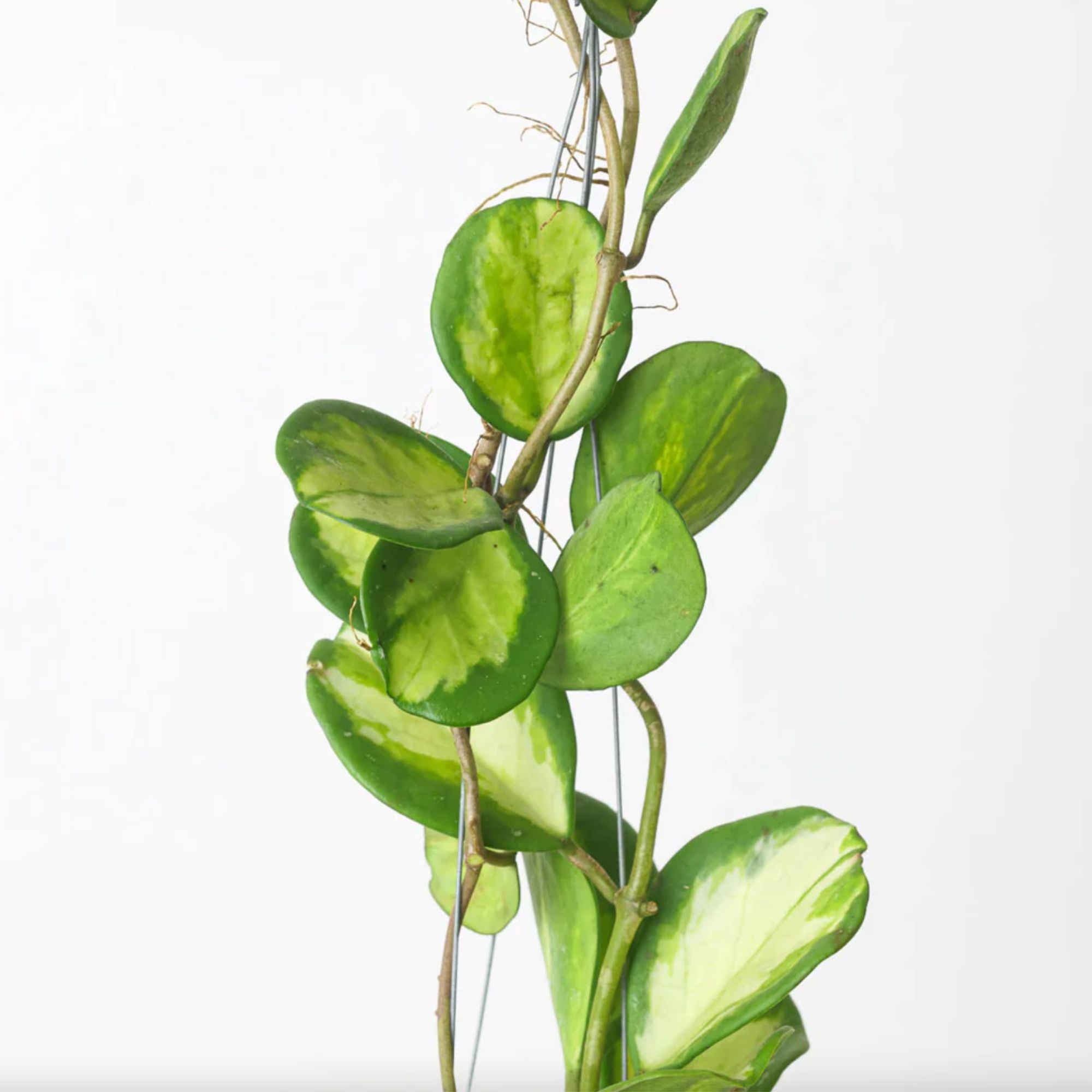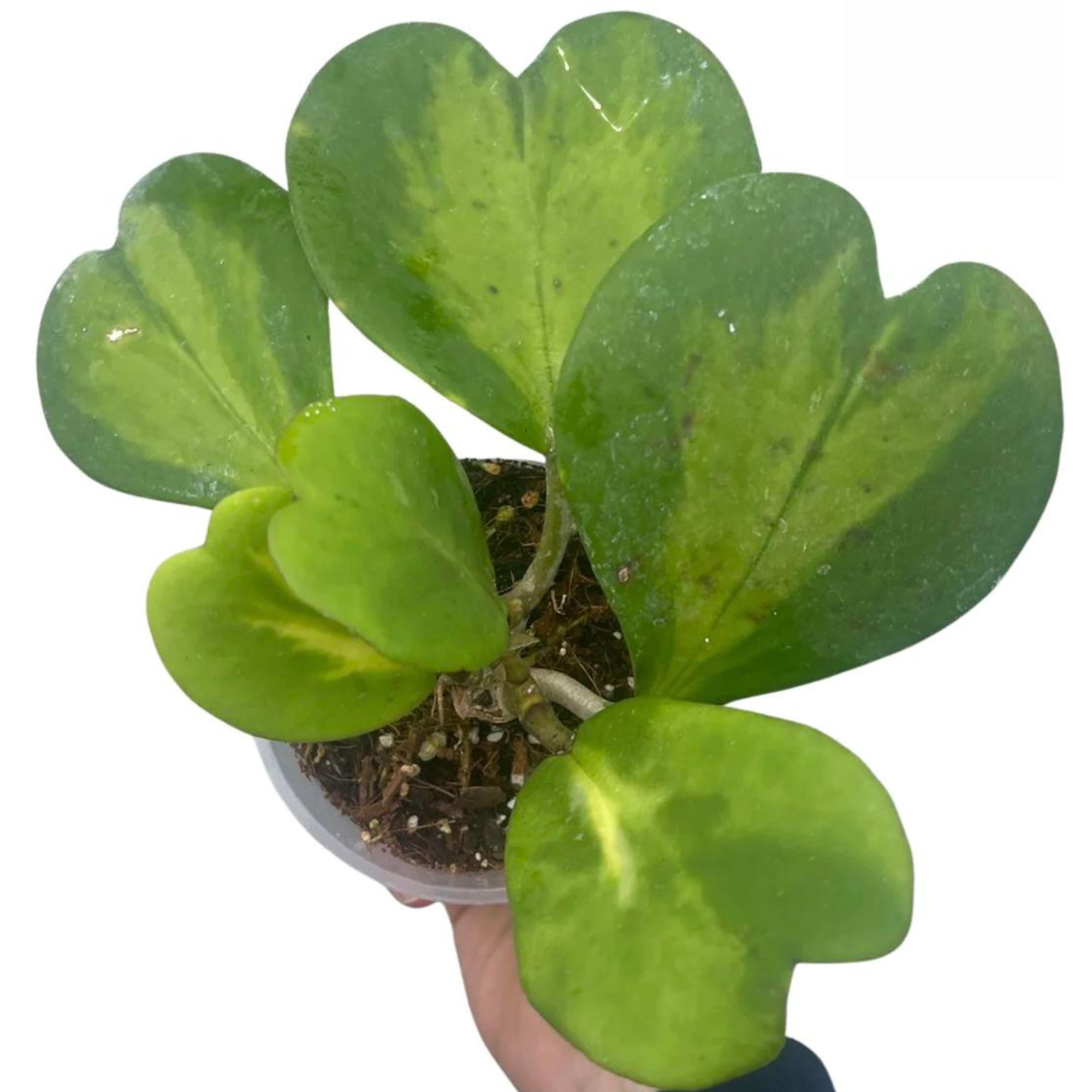Hoya kerrii care guide – how to look after the adorable sweetheart plant
The perfect gift, hoya kerrii is a beautiful heart-shaped succulent that really manifests the phrase ‘absence makes the heart grow fonder’
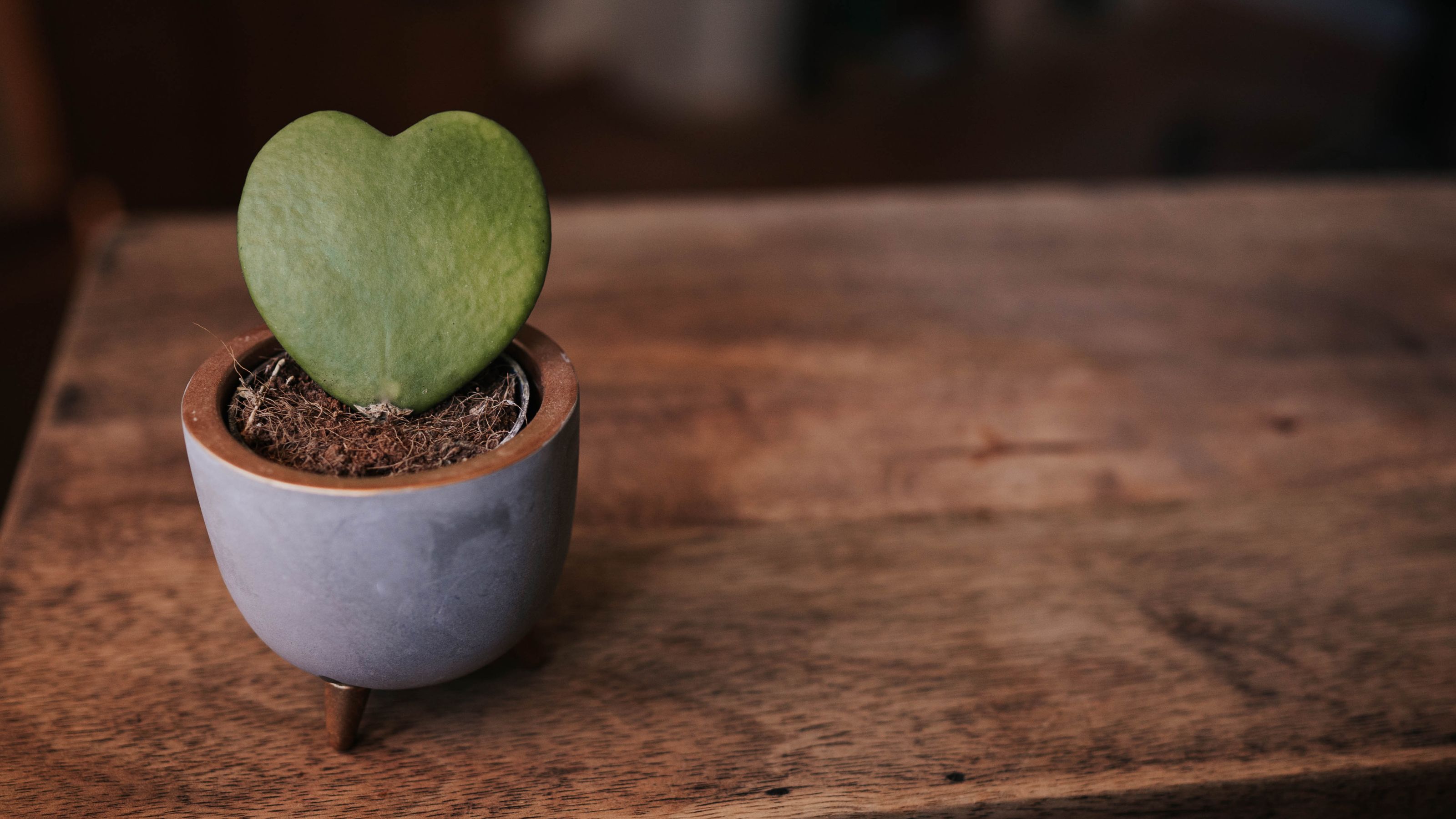

Popping up in supermarkets throughout February, Hoya kerrii or 'the sweetheart plant' is the perfect gift for a loved one.
With its heart-shaped leaves, hoya kerrii make for a cute addition to living room house plant ideas. However, not all hoya kerrii plants are the same and they have different needs.
Knowing more about this plant, identifying which type you have and how to care for it, will help this plant to survive and thrive.
Hoya kerrii care guide
One of our favourite houseplant ideas, hoya kerrii look cute on a bookshelf or table. However, they have a reputation for having a very short life expectancy – they look beautiful when purchased yet within a few weeks they have shrivelled up and died – no longer the romantic symbol you thought it was.
Read on to discover the secrets of hoya kerrii care an how you can avoid this fate for yours.
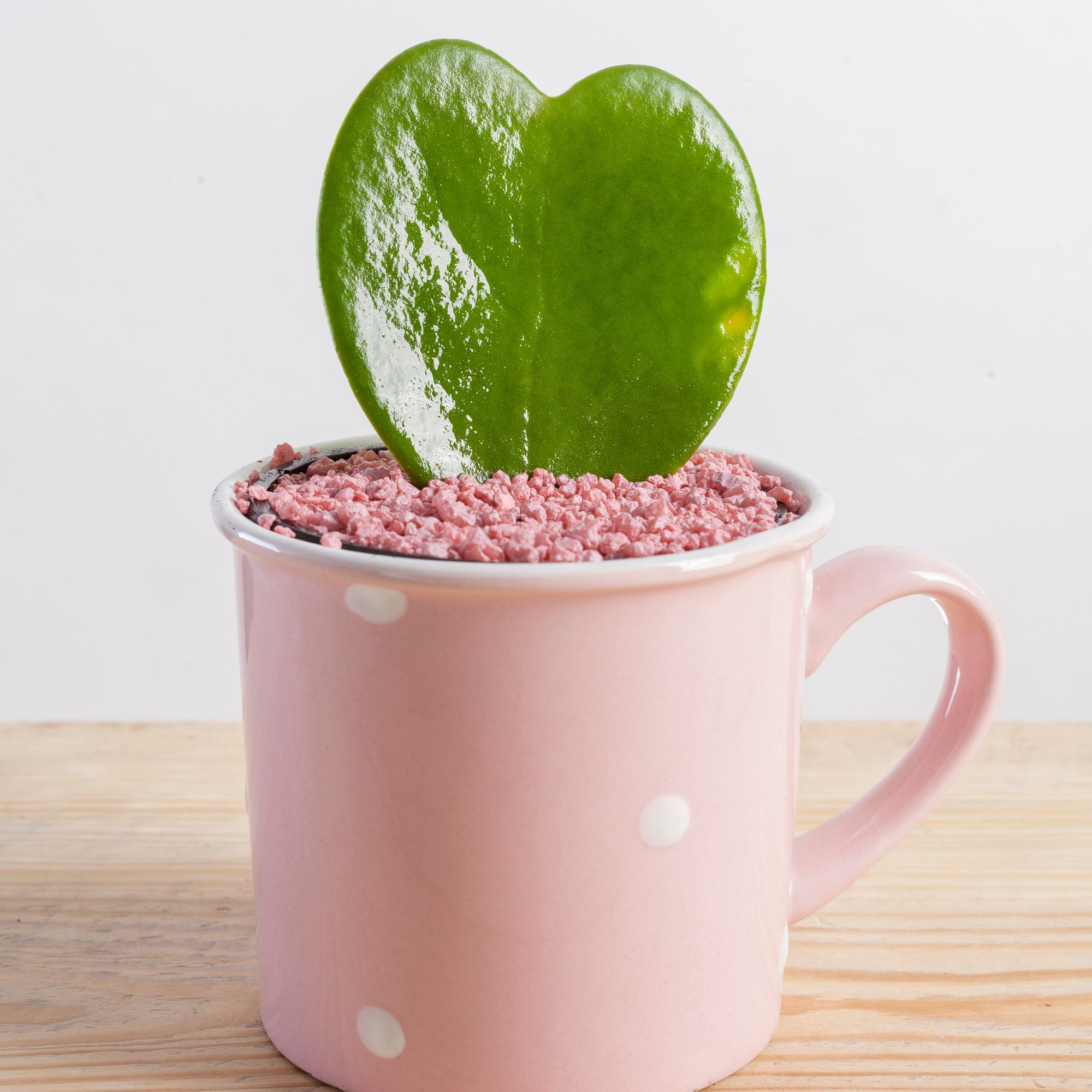
Identifying your plant
While Hoya kerri is usually planted to look a bit like a cactus, the heart-shaped greenery is in fact just a leaf rather than the body of the plant. Whether these are rooted or not will massively affect the way you can for the plant and its life expectancy. Supermarkets often stock unrooted hoya kerrii plants throughout February, but these are designed to be bought with a similar sentiment to a bunch of flowers – they will have a short lifespan and can be enjoyed over a period of weeks. ‘Unrooted Hoya are very much a cute novelty and will usually thrive for weeks to come,’ says Morag Hill, co-founder of The Little Botanical.
A rooted cutting will have a longer lifespan but will not grow much bigger than the plant you purchased. Beards & Daisies stock fully rooted cuttings. ‘Our Hoya are all rooted, so will survive and grow slightly bigger, but they do not come with any stem on their cutting. This means that they will not grow any additional stems, leaves or vines – it just doesn’t have the tissue needed to make new stems,’ explains Jo Lambell, founder of Beards & Daisies. ‘The hoya kerrii we sell can last years as long as it’s cared for correctly.’
Get the Ideal Home Newsletter
Sign up to our newsletter for style and decor inspiration, house makeovers, project advice and more.
When found in the wild, the heart-shaped leaves of hoya kerrii are grown from a climbing vine. These plants are the least common form available to buy, though Root Houseplant and Grow Tropicals are both stockists. These vine plants have a higher success rate than leaf cuttings as they are already established.
Where to buy
If you're hoping to invest in one of the most Instagrammed houseplants, then buying from reputable stockists is essential. Lots of the hoya kerrii that appear around Valentine's Day lack roots and so fail after a few weeks. Instead, look for rooted cuttings from reputable online shops for buying houseplants. Vine hoya kerrii are hard to find on the high street but there are a few online stockists.

Best for reliable rooted cutting
Rooted cuttings, like those from Beards & Daisies, can last for years so long as they are cared for correctly – but some stockists sell unrooted cuttings which have a high failure rate. Be sure to check before buying.
Watering your hoya kerrii
Overwatering is the primary source of failure. ‘The hoya kerrii is a dream
houseplant as it really isn’t demanding at all. As a succulent plant, it stores water in its fleshy leaves and therefore only needs watering every one to two weeks and even less in the colder winter months,’ says Beards & Daisies' Jo Lambell.
‘If you want your plant to absolutely thrive, then we recommend watering your hoya kerrii with rainwater, as sometimes this plant can be sensitive to the lime in tap water.’
This is true whether you are growing a leaf or a vine. However, if you are growing a rooted leaf cutting, then it will need very little water. ‘These plants have incredibly shallow roots, meaning it is vulnerable to overwatering,’ says Jo.
Make sure you know how often you should water succulents to ensure they thrive. ‘You’re better off underwatering than overwatering your hoya kerrii, but if the leaf is soft and wilted in appearance and the soil is dry to the touch, then it may need a little drink,’ says The Little Botanical's Morag Hill.
To save an overwatered plant, remove the wet compost and repot with dry and free-draining soil. Reduce your watering frequency to prevent future waterlogging.
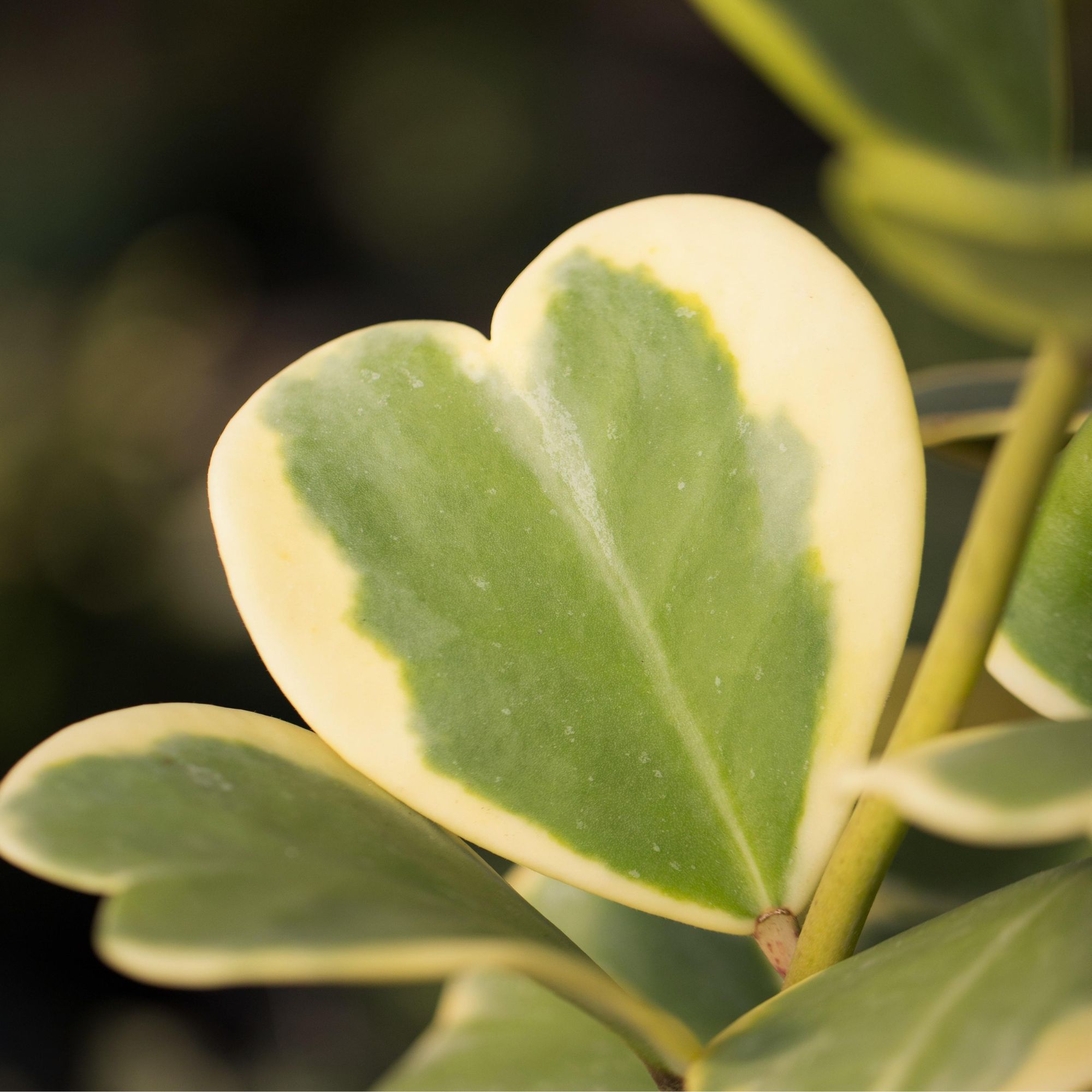
Repotting hoya kerrii
Hoya kerrii leaf cuttings will not need potting up as they don’t really grow larger, but, they may benefit from looser soil. ‘A free-draining mix of equal parts orchid compost, perlite and houseplant compost won’t hinder root development or retain too much water,’ says Angela Slater, gardening expert at Hayes Garden World. If repotting a cutting be careful so you don’t damage the delicate roots.
Vine varieties will need occasional repotting but benefit from being rootbound which can promote flowering. ‘Wait until the pot is full of roots then just pot into a new pot one size larger than it is already in,’ says Angela. ‘An excess of compost increases the risk of waterlogging and rootrot.’ Use the same free-draining potting mix recipe as listed for the leaf cutting.
Since they are vine plants, you also need to factor in a support system. One way of doing this is to treat them as a trailing plant, planting them in a hanging pot or on a shelf, where the vine can cascade. Alternatively, you can add a moss pole or arch around which the plant can continue to climb.
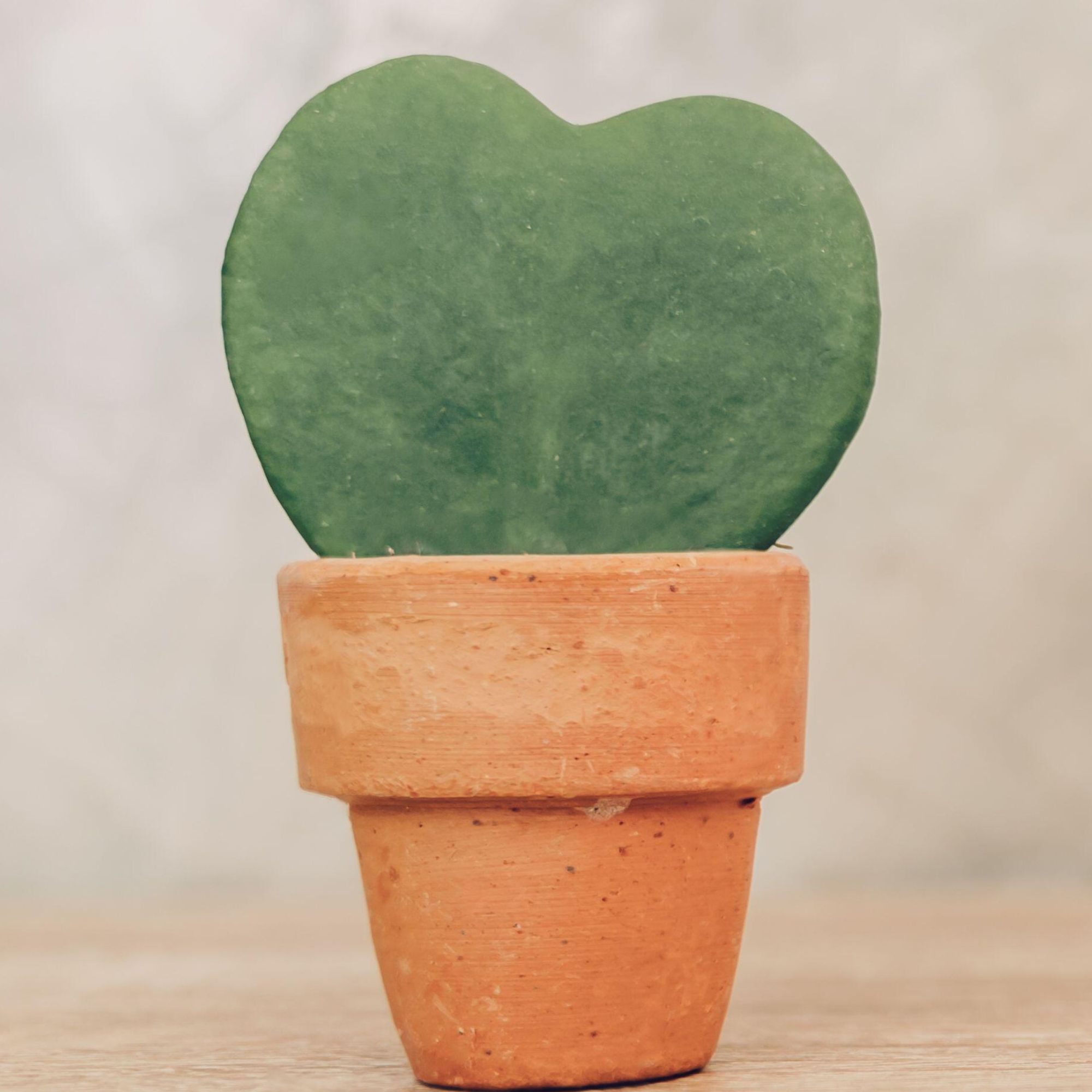
Propagating hoya kerrii
It isn’t possible to take cuttings from the single or double-leaf plants since they are not mature plants. However, it is very easy to propagate from mature vine plants.
‘Cut off a stem with a sharp sterilised knife, with at least three leaf nodes. Remove the bottom two leaves, just leaving a pair of leaves at the top. Place in a jar of water in a warm and light position,’ explains Angela Slater. ‘Refresh the water every week. Once it has formed a good root system, it can be potted on into free-draining compost.’

FAQs
Do single leaf Hoya kerrii grow?
No, a single leaf hoya kerrii will not grow much bigger than the plant you purchased. They may grow slightly larger but do not have the tissue needed to make new stems, leaves, vines or flowers.
Do hoyas like tap water?
No, hoyas do not like tap water. Instead, use rainwater to water your hoyas. If you haven't got any rainwater to hand, you can let tap water stand for 24 hours to let the chlorine evaporate.
Do hoyas like to be root-bound?
Yes, hoya do like to be root-bound. Vine varieties will benefit from being rootbound which can promote flowering. Gardening expert at Hayes Garden, Angela Slater recommends waiting until the pot is full of roots before repotting.
Single-leaf hoyas will not grow very much and therefore you don't need to worry about it become root-bound.
Why has my Hoya never flowered?
The hoya leaf cuttings will not have the potential to bloom, but the mature vine will produce sweetly scented star-shaped flowers. However, it needs specific conditions in order to happen.
‘These include lots of light, well-draining compost, light watering (with a gap between waterings) and consistent warmth – between 15 and 26˚C and that don’t dip below 10˚C at night,’ explains Angela Slater. ‘The right light levels can be tricky to achieve as even in medium light conditions the plant will stop growing and not bloom. At the same time, it is not a desert species so may need a little shade from the burning midday sun if on a south-facing window.’
Make sure your little sweetheart plant lasts right until next valentines day.

Holly is one of Ideal Home’s content editors. Starting her career in 2018 as a feature writer and sub-editor for Period Living magazine, she has continued this role also adding regular features for Country Homes & Interiors and the Ideal Home website to her roster. Holly has a passion for traditional and country-inspired interiors – especially kitchen design – and is happiest when exploring the countryside and hills of the Lake District. A keen gardener, she is a strong believer that you can never have too many houseplants.
-
 My go-to Ninja coffee machine is on sale for Easter weekend
My go-to Ninja coffee machine is on sale for Easter weekendIt makes coffee shop quality achievable at home
By Molly Cleary
-
 When to plant out annual flowering plants for vibrant, colourful garden borders – and give them the best start, according to experts
When to plant out annual flowering plants for vibrant, colourful garden borders – and give them the best start, according to expertsNot sure when to plant out annual flowering plants? We've got you covered...
By Kayleigh Dray
-
 I'm a kitchen decor editor and didn't like this tableware trend - until I saw H&M Home's designer-look plates
I'm a kitchen decor editor and didn't like this tableware trend - until I saw H&M Home's designer-look platesThey made it easy to justify a new crockery set
By Holly Cockburn
